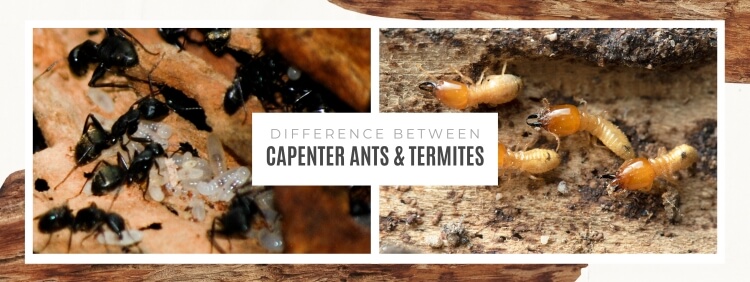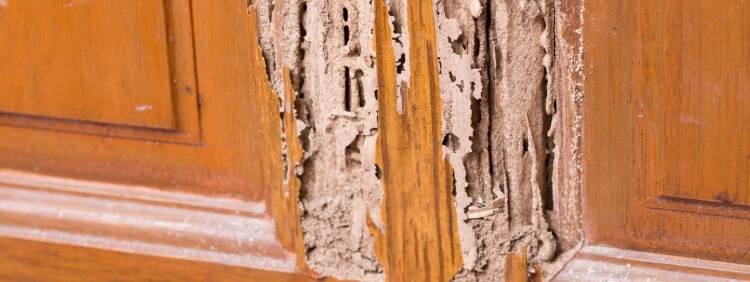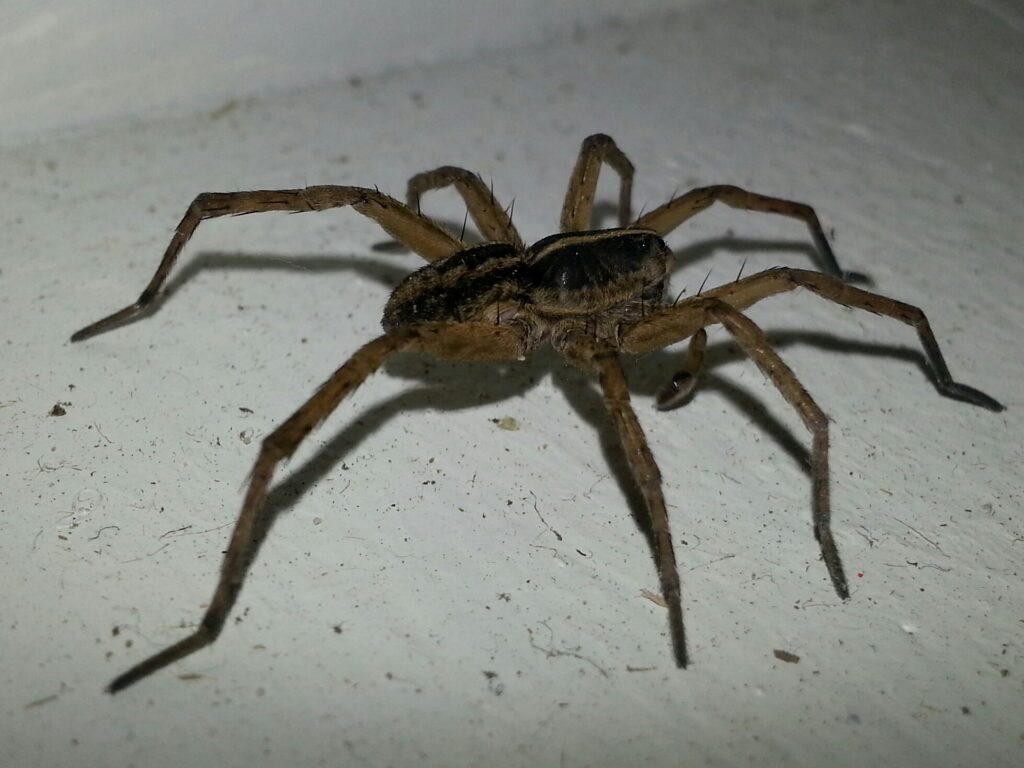 In the quiet suburban sprawl of Burlington, homeowners stand on the front lines of a silent and insidious battle: the perpetual war between wood and insects. The key combatants, termites and carpenter ants, are often mistakenly interchanged, yet their differences are as stark as night and day. Understanding whether your home is under siege by the wood-consuming ferocity of termites or the burrowing might of carpenter ants is critical.
It begins with the telltale signs—termites vs carpenter ants? Termites leave a trail of powdery detritus, a grim echo of what once was, while carpenter ants fashion smooth tunnels, the galleries of their wooden labyrinths. It's not merely a matter of how to identify carpenter ants but recognizing the call to action they represent. Understanding these critical nuances is the first step in implementing effective pest control in Burlington, safeguarding your haven from these concealed adversaries.
In the quiet suburban sprawl of Burlington, homeowners stand on the front lines of a silent and insidious battle: the perpetual war between wood and insects. The key combatants, termites and carpenter ants, are often mistakenly interchanged, yet their differences are as stark as night and day. Understanding whether your home is under siege by the wood-consuming ferocity of termites or the burrowing might of carpenter ants is critical.
It begins with the telltale signs—termites vs carpenter ants? Termites leave a trail of powdery detritus, a grim echo of what once was, while carpenter ants fashion smooth tunnels, the galleries of their wooden labyrinths. It's not merely a matter of how to identify carpenter ants but recognizing the call to action they represent. Understanding these critical nuances is the first step in implementing effective pest control in Burlington, safeguarding your haven from these concealed adversaries.
The Intriguing Differences between Carpenter Ants and Termites
Carpenter ants and termites share some similarities in terms of habitat preference. They both tend to prefer damp and rotting wood to set up their colonies. However, several key differences lie under the surface. Carpenter ants, for instance, are primarily nocturnal creatures. What's more, they don't actually consume wood like termites do; instead, they excavate wood to make room for their nests, leaving behind a sawdust-like material known as frass. When you see small piles of this frass, it's usually a clear sign of a carpenter ant infestation. On the other hand, termites are known for their voracious wood-eating habits. Unlike the carpenter ants, they consume the wood to extract the cellulose it contains, which is a major part of their diet. This characteristic not only makes termites highly destructive but also easily identifiable by their different types of droppings, varying from tiny wood-coloured pellets to a substance that looks like damp wood. Furthermore, a key visual distinction between the two is their body structure. Carpenter ants have a segmented body with a slim waistline, whereas termites have a thicker waist and their body appears more streamlined. Furthermore, Carpenter ants have bent antennae while termites have straight antennae. This allows for easy visual identification, should you come across one or the other. Understanding these differences is essential in creating a comprehensive action plan for combating either of these pests. That's where the professional expertise of Truly Nolen steps in.Truly Nolen's Approach to Carpenter Ants
As an industry-leading pest control solution, Truly Nolen places a great deal of importance on the effective treatment of carpenter ant infestations. Our strategies are not only designed to address immediate issues but also to manage the risk of recurring infestations. First, our highly trained technicians begin with a thorough responsive inspection. By using specialized equipment, we can locate carpenter ant nests within your property's structures, identifying the scale of the problem and determining the most effective course of action. Next, we utilize a targeted treatment method. The application of non-repellent products allows us to reach ants directly at their source. This efficient approach ensures the elimination of entire colonies, rather than just individual ants sighted. But our efforts do not stop at direct treatment. We understand that effective pest control needs a forward-thinking strategy. As part of our comprehensive service, we work with property owners to identify potential triggers for infestations, such as moisture problems and food sources, and suggest preventative measures to limit future infestations.Truly Nolen's Response to Termites
 As a leading pest control provider, Truly Nolen identifies the unique qualities and behaviours of termites in comparison to carpenter ants. We use advanced techniques to stop them from damaging your property.
Termites, unlike carpenter ants, are notorious for their tunnelling habits. They delight in burrowing into the wooden structures of your home, weakening its foundation and structure. But you can rest assured. With Truly Nolen's dedicated and experienced team on the case, these pests won’t stand a chance.
We initiate our termite control process by carrying out an exhaustive inspection. Our experts carefully examine your home for signs of termites such as mud tubes, discarded wings, cracked or bubbling paint, hollow-sounding wood, and more. Using these signs, we determine the severity of invasion, and accordingly devise an effective plan to remove them completely.
We use methods like soil treatment, wood treatment and baits to manage termite issues. Our approach involves creating a chemical barrier around your home, which keeps the termites from further invading your property. We also treat infected wood directly and strategically place bait stations to monitor termite activity.
As a leading pest control provider, Truly Nolen identifies the unique qualities and behaviours of termites in comparison to carpenter ants. We use advanced techniques to stop them from damaging your property.
Termites, unlike carpenter ants, are notorious for their tunnelling habits. They delight in burrowing into the wooden structures of your home, weakening its foundation and structure. But you can rest assured. With Truly Nolen's dedicated and experienced team on the case, these pests won’t stand a chance.
We initiate our termite control process by carrying out an exhaustive inspection. Our experts carefully examine your home for signs of termites such as mud tubes, discarded wings, cracked or bubbling paint, hollow-sounding wood, and more. Using these signs, we determine the severity of invasion, and accordingly devise an effective plan to remove them completely.
We use methods like soil treatment, wood treatment and baits to manage termite issues. Our approach involves creating a chemical barrier around your home, which keeps the termites from further invading your property. We also treat infected wood directly and strategically place bait stations to monitor termite activity.

